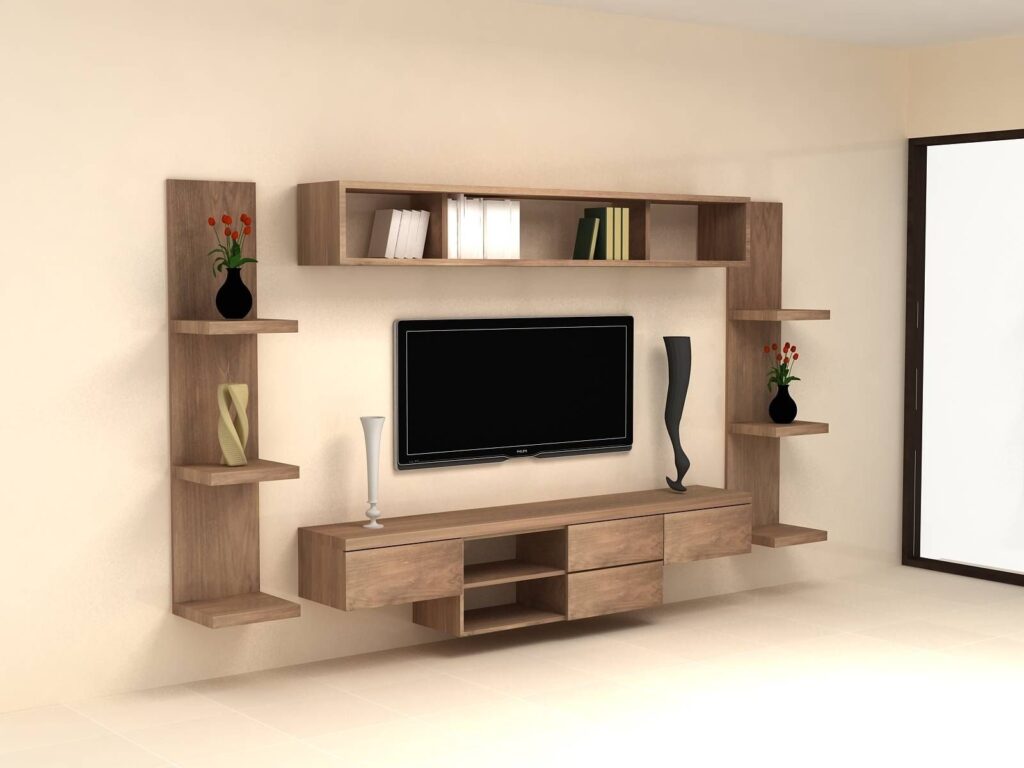Tv cabinets

TV cabinets, also known as TV stands or entertainment units, are furniture pieces specifically designed to hold and display televisions and related equipment. Here are some key features and considerations typically associated with TV cabinets:
1. **Size and Compatibility**: TV cabinets come in various sizes to accommodate different television sizes and configurations. It’s essential to choose a cabinet that can securely hold your TV and any associated equipment such as DVD players, game consoles, or sound systems.
2. **Design and Style**: TV cabinets are available in a wide range of designs and styles to complement various interior decor themes. Common styles include modern, contemporary, traditional, rustic, and minimalist. The choice often depends on personal preference and the overall aesthetic of the room.
3. **Material**: TV cabinets are constructed from different materials, including wood (such as oak, pine, walnut), MDF (Medium-Density Fiberboard), metal, glass, and even acrylic. The choice of material affects the durability, appearance, and maintenance requirements of the cabinet.
4. **Storage Features**: Many TV cabinets offer additional storage options beyond simply holding the TV. This can include shelves, drawers, or compartments for storing media accessories, remote controls, cables, and other items.
5. **Cable Management**: Good TV cabinets often include provisions for cable management, such as holes or channels in the back panel to route cables neatly and keep them organized. This helps maintain a tidy appearance and reduces the risk of tripping hazards.
6. **Adjustability**: Some TV cabinets may have features like swivel mounts or adjustable shelves to accommodate different viewing angles or equipment sizes. This flexibility can enhance the usability and functionality of the cabinet.
7. **Ventilation**: Proper ventilation is important, especially if the cabinet will house electronic devices like gaming consoles or amplifiers that generate heat. Cabinets may include ventilation holes or slats to ensure adequate airflow and prevent overheating.
8. **Accessibility**: Consider ease of access to components and equipment. Cabinets with open shelves or glass-fronted doors may provide better visibility and access compared to cabinets with solid doors or drawers.
9. **Assembly and Installation**: Depending on the type and size, TV cabinets may require assembly upon delivery. Some may be ready-to-use out of the box, while others might need more extensive assembly. Ensure to check assembly requirements before purchase.
10. **Budget**: TV cabinets vary widely in price depending on factors like materials, size, brand, and features. Establish a budget range and look for options that fit within your budget while meeting your functional and aesthetic requirements.
Choosing the right TV cabinet involves considering these factors to ensure it not only accommodates your television and equipment but also enhances the overall look and functionality of your living space.
